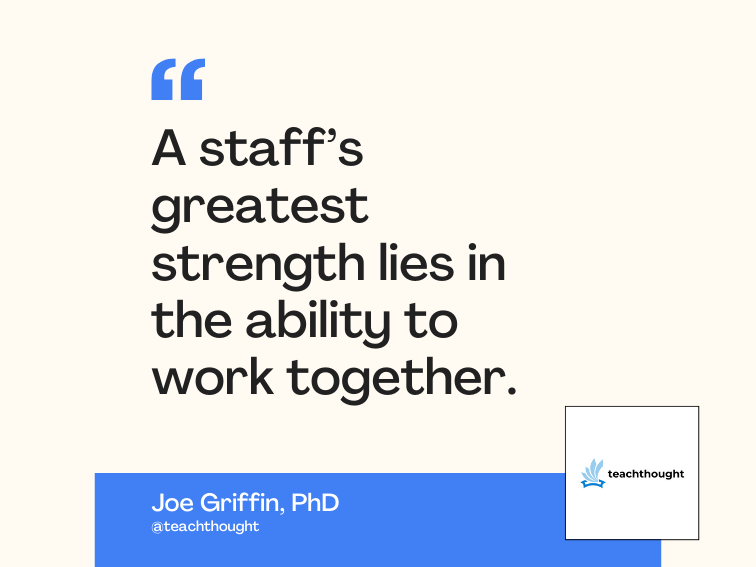Technology aims to sync users’ communications
Multiple devices in mix
Siemens Monday will announce IP-based networking software designed to synchronize voice communications, messaging and real-time collaboration tools on a mix of devices, including PCs, cell phones and pagers.
New York-based Verizon Communications last week confirmed that it plans to roll out similar functionality later this year as a service for both corporate and residential customers. Analysts said other telecommunications carriers are also planning such moves.
Mark Straton, senior vice president of global marketing at Siemens Information and Communication Networks Inc. in Boca Raton, Fla., said the Siemens unit’s OpenScape Version 1.0 software will provide users with consolidated access to all corporate communications resources. That includes phone calls, voice mail, e-mail, instant messaging and tools for Web, voice and videoconferencing, he said.
Users will be able to configure OpenScape with personalized rules to govern how incoming phone calls and e-mail messages should be forwarded to them, Straton said. Like IM systems, OpenScape supports presence awareness so users can see when other workers are logged onto networks.
Douglass Crawford, director of network services at Kaiser Permanente Health Plan in Oakland, Calif., said the health care provider plans to test OpenScape in a lab and then run a pilot project that’s expected to last through year’s end. If the software works as promised, OpenScape could improve productivity for many of Kaiser’s 135,000 workers and reduce the number of devices that the company has to buy for them, Crawford said.
“Taking voice mail, e-mail and IM and putting them into a portal leverages all the disparate capabilities we have today and drives efficiencies,” he said. “So my question is, can Siemens really pull it off?”
Crawford said he needs to evaluate how Kaiser’s business units would deploy and use the product and what it would cost to implement. For example, the software could require the addition of new Windows servers and some restructuring of the company’s network architecture. Kaiser has also been approached by a Baby Bell offering OpenScape-like functionality as a monthly service, Crawford said, declining to identify the company.
Instead of running on conventional telecommunications switches, OpenScape will be server-based, Straton said. The software will initially work only with Microsoft’s forthcoming Windows Server 2003 operating system. But Straton said Siemens plans to add Unix and Linux support within the next two years.
OpenScape, which supports the emerging Session Initiation Protocol, is due for commercial release in September at a cost of $400 per user. But Siemens is taking a go-slow approach with the technology. Straton said the company initially plans to limit marketing to about 50 customers for up to nine months of beta testing and trials.
Chris Kozup, an analyst at Meta Group in Stamford, Conn., said one question that needs to be answered is how scalable OpenScape will be in its first release. He noted that Siemens is pushing the software for use only by branch offices, departments and workgroups at this point.
Straton said the technology is being pitched for small installations for now because it requires a cultural shift that could be hard for entire companies to make. The software will initially be able to handle up to 500 users per server and 5,000 in a linked setup, he said.
Verizon spokesman Bill Kula said his company is working with Microsoft and Sun Microsystems to develop some of the same capabilities that are in OpenScape, including connections between voice and text messaging using any device. The technology will be used as part of a service that’s due to be announced this spring or summer, Kula said. He added that Verizon has trials under way with internal workers and some large U.S. businesses.
Analyst Kneko Burney at In-Stat/MDR in Scottsdale, Ariz., expects several telecommunications carriers to offer converged communications services this year. But she wouldn’t name any of the carriers.




